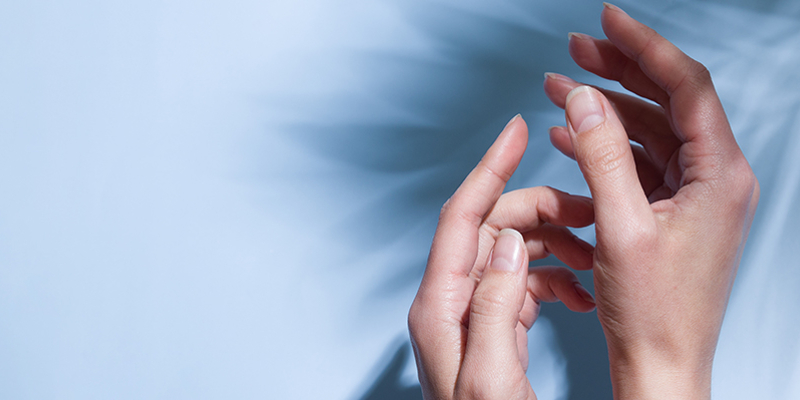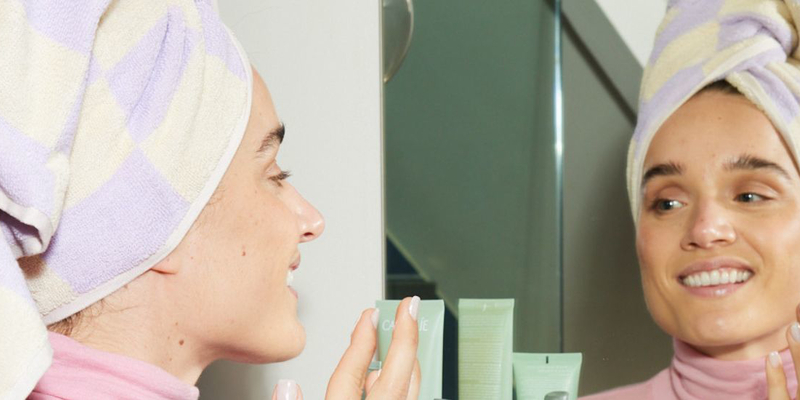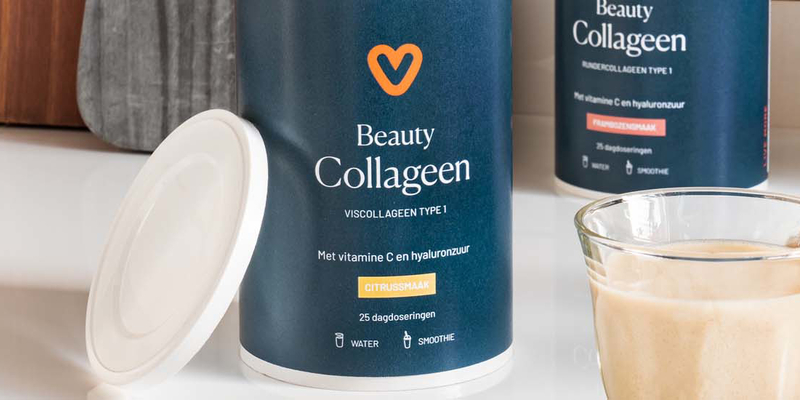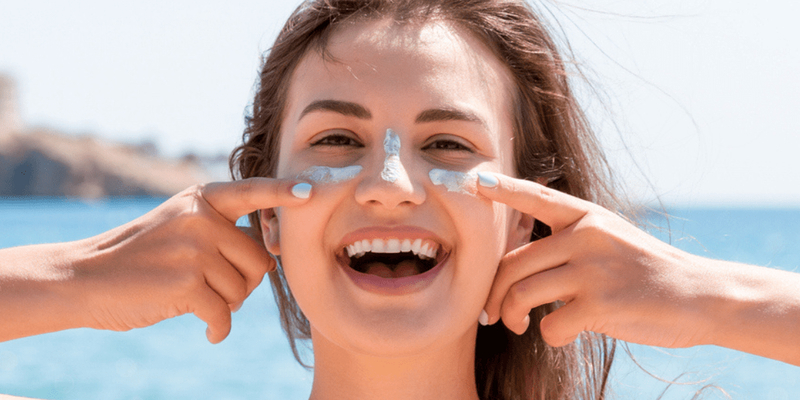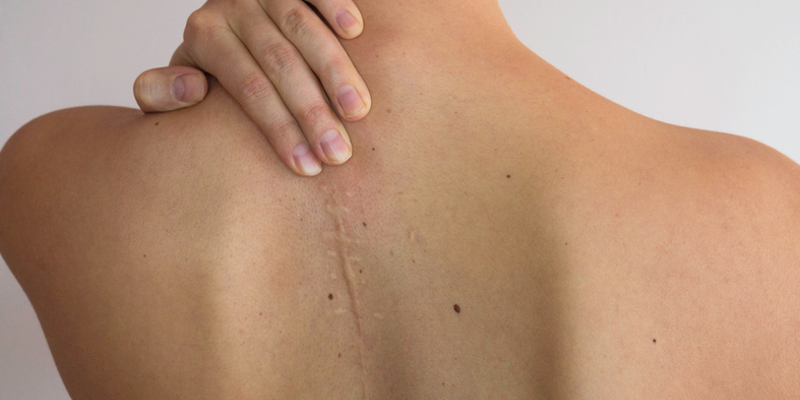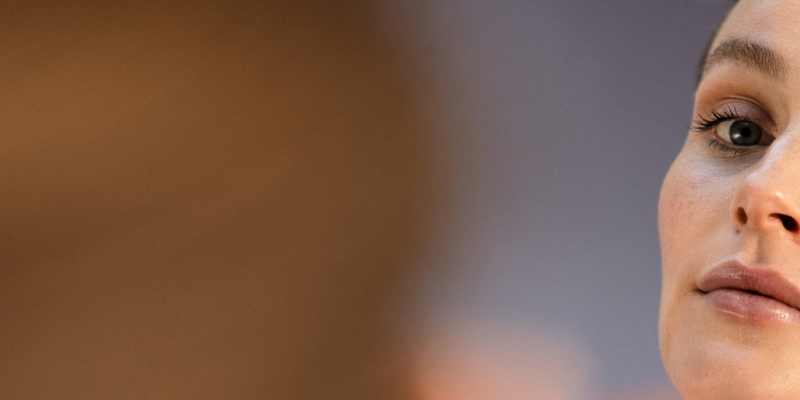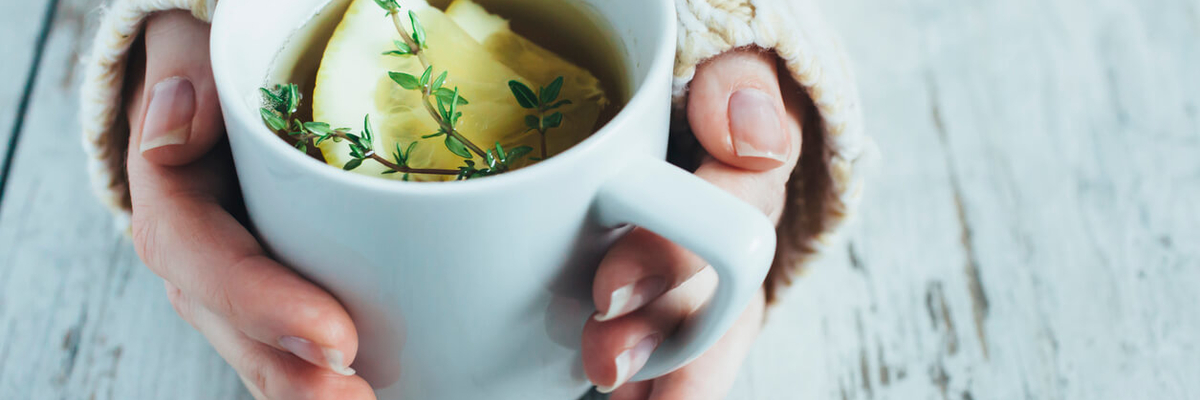
How to Prevent Chilblains on Hands and Feet
Everyone experiences cold hands or feet at times. Some people even wear socks to bed in winter to keep their feet warm. Although many think this is due to chilblains, that’s not the case…
What are Chilblains?
‘Chilblains’ are red swellings (cold-induced swellings) that occur on the hands or feet due to cold exposure, causing our blood vessels to constrict in an effort to retain warmth. The extremities, such as fingers, toes, as well as feet, legs, nose, eyes, or chin, receive less blood flow due to the cold. The reduced blood circulation causes the body part to cool down, while the extra blood supplied to warm it cannot pass through the constricted blood vessels. This can damage the blood vessels and surrounding tissue, leading to inflammation, red swellings, and associated symptoms. These swellings can be very itchy and painful. Normally, the swellings are harmless and disappear after a few weeks.
Are Chilblains Hereditary?
Chilblains are not hereditarily transferable. However, some important factors like blood circulation, the quality of blood vessels, and the degree of sweating are strongly genetically determined. Nowadays, the condition is less common than it was in the past because our homes are much better heated and insulated. But for someone who does suffer from it, the phenomenon seems to recur annually, and indoor warmth is not the only solution.
What Can You Do About Chilblains?
Keep Them Warm and Well Circulated!
Try to avoid cold and dampness as much as possible. For example, wear leather shoes with a rubber or leather sole. Leather is warm, absorbs foot moisture, and can be made waterproof with treatments. Shoes made of imitation leather do not keep feet warm and cause excessive perspiration that is difficult to escape. Ensure your shoes fit well and are not too small or tight, as this can hinder proper blood circulation. Warm wool socks stimulate blood circulation and are therefore better than synthetic socks. Those who have to brave real winter frost, whether by bicycle or on foot, can protect their feet and hands not only with socks and gloves but also with an insulating layer of fatty ointment (such as udder cream).
Warm wool socks stimulate blood circulation and are therefore better than synthetic socks.
What Not to Do
Despite all your precautions, have your feet or hands become thoroughly cold? Do not warm them up too quickly by holding them against the central heating or near the fireplace. Avoid extreme temperatures and let your 'blocks of ice' warm up slowly by immersing them in a gradually warming foot bath or under the tap while gradually increasing the water temperature.
Once Chilblains, Always Chilblains?
Anyone who suffers from chilblains this winter is likely to experience them again the next winter. In that case, try to be well prepared before winter starts. Those who handle it well will find that chilblains can disappear as spontaneously as they appeared.
Author: Sanne van der Rijt

